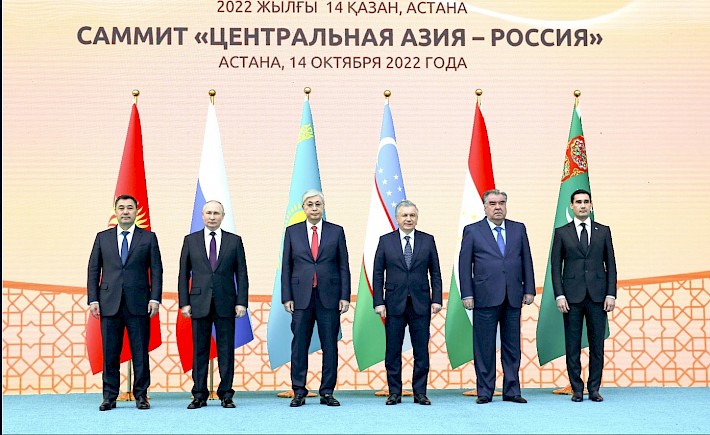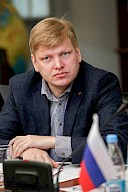Russia – Central Asia: Trends and Prospects of Interaction, 2022-2024

The report offered to the attention of the expert community and interested readers is an attempt at overviewing and analyzing the relations between Russia and Central Asian countries (Kazakhstan, Kyrgyzstan, Tajikistan, Turkmenistan, Uzbekistan) in 2022-2023, the two years marked with the fundamental and accelerating transformation of the world order born in the late 1980s – early 1990s. The significance of Central Asia for Russian foreign policy can hardly be overestimated, as Rusia is linked with the region through the world-longest land border, hundreds of years of shared history, a dense network of political, military, economic, and humanitarian interactions. Russia’s Foreign Policy Concept adopted in March 2023 underlines that ensuring “sustainable long-term good-neighborly relations” and combining “the strengths in various fields with the CIS member states“ (among which more than half of actual participants are Central Asian states) are “the most important for the security, stability, territorial integrity and social and economic development of Russia, strengthening its position as one of the influential sovereign centers of world development and civilization”.
Although there is no shortage of academic, analytic and journalistic publications casting light on different aspects of relations between Russia and Central Asan countries there is a need to draw a comprehensive and up-to-date picture of interactions between Russia and the Central Asian states. Major areas, achievements and contradictions of these interactions in 2022 and 2023 and its prospects in 2024 are the subject of our research. The authors analyze changes in international and regional contexts of Russian policies in Central Asia; bilateral and multilateral security interactions; spheres and trends of economic cooperation development; the complex of humanitarian interrelationships; cross-border and interregional interactions between the regions of the Siberian Federal District and the Central Asian countries. In the concluding chapter the attempt is made to look into the future and to draw scenarios of Russian policy evolution in the region in 2024.
We hope that our report will be of particular interest in the retrospective as the first of the series of annual reports of Tomsk State University Center for Eurasian Studies analyzing the relations between Russia and Central Asian countries in the historical dynamics. The authors would be very grateful for remarks, comments, feedback and recommendations that could help them in preparing the subsequent reports...
Read the paper









